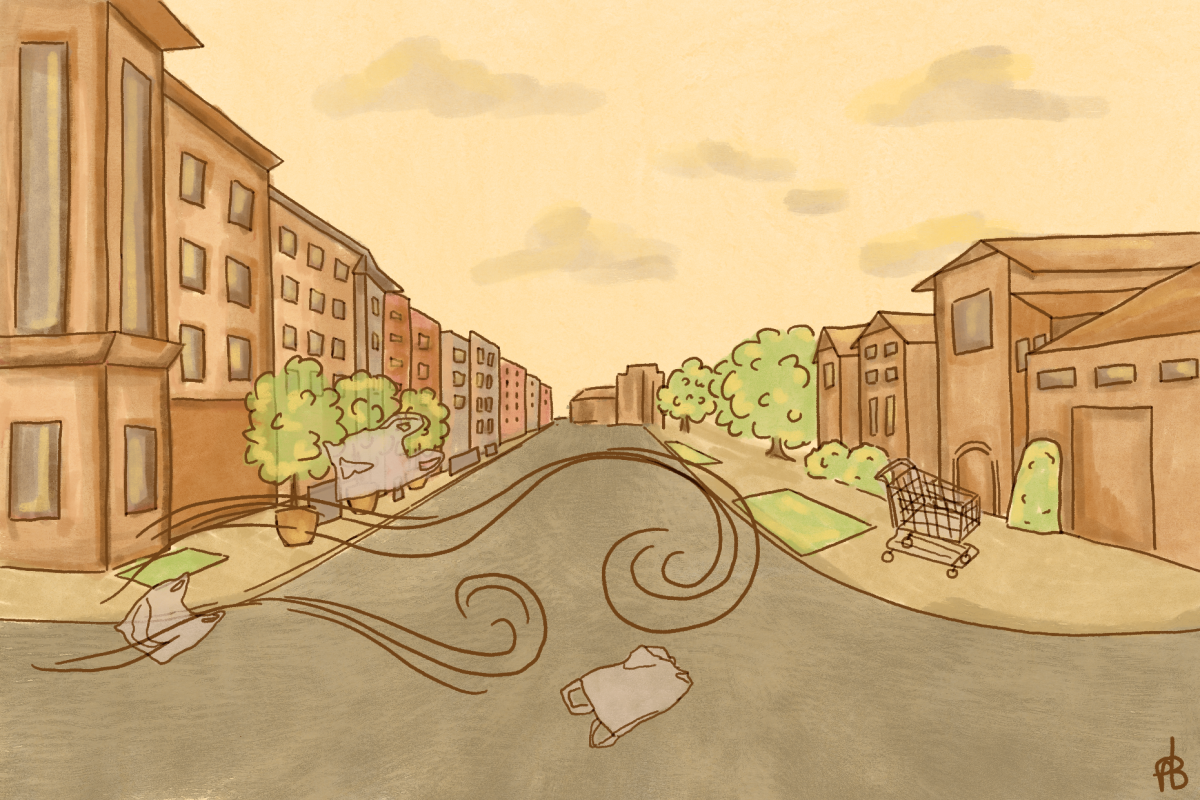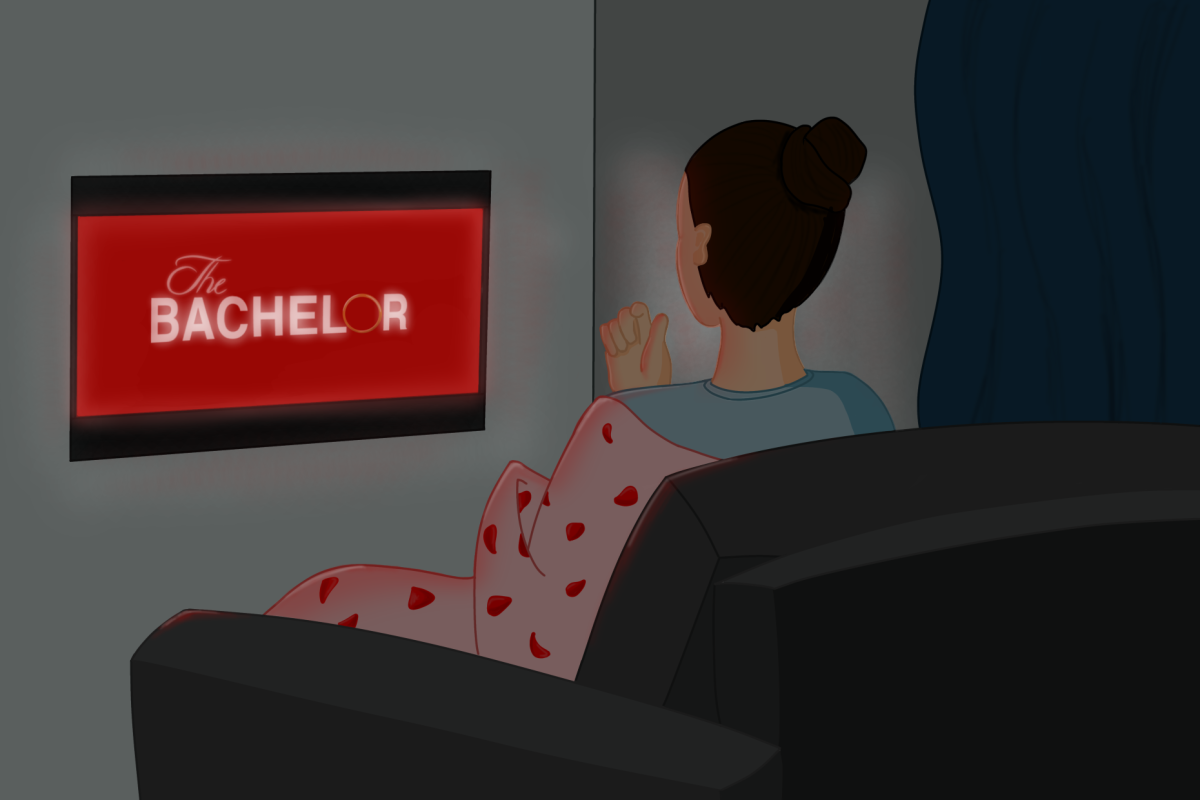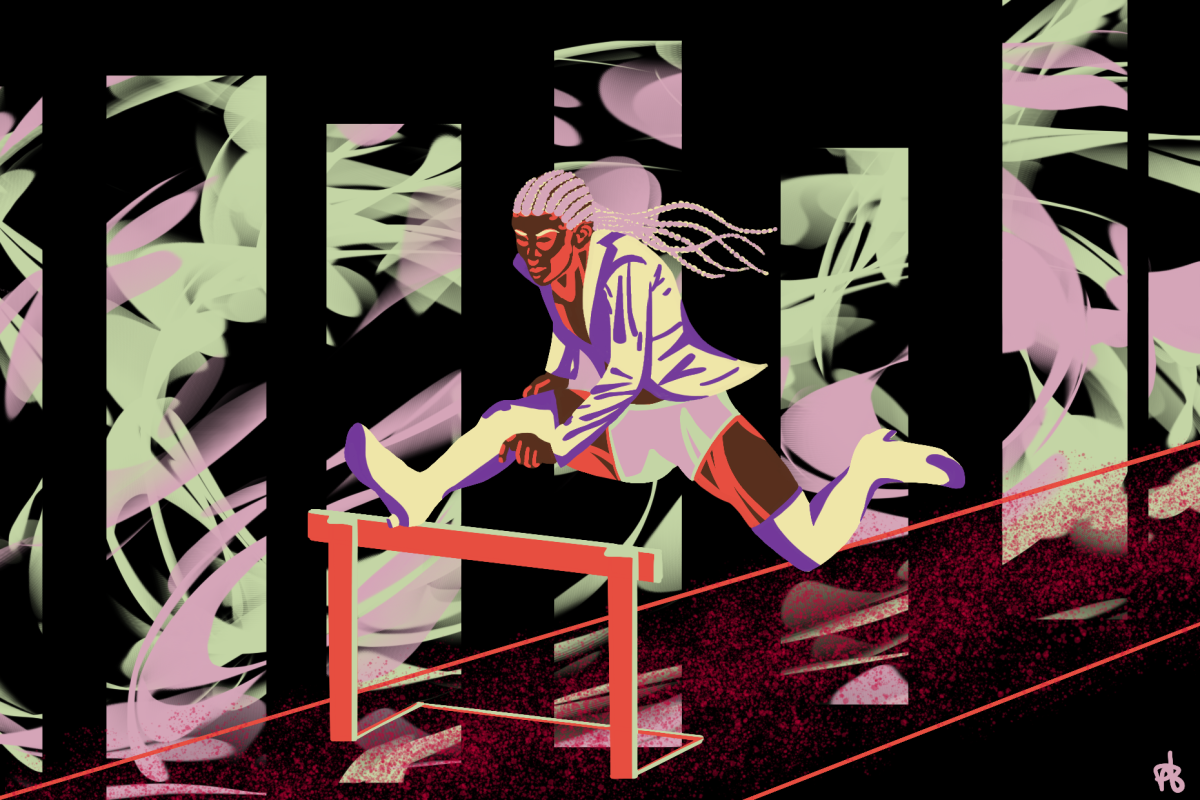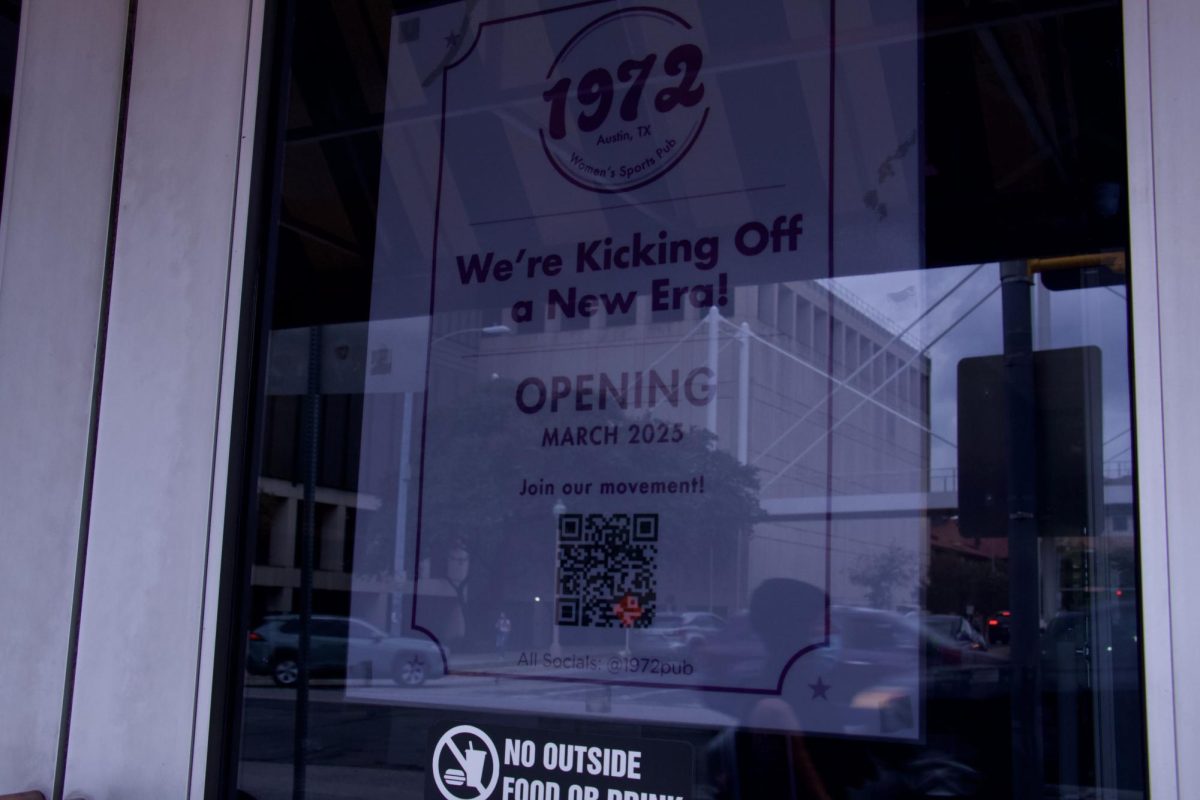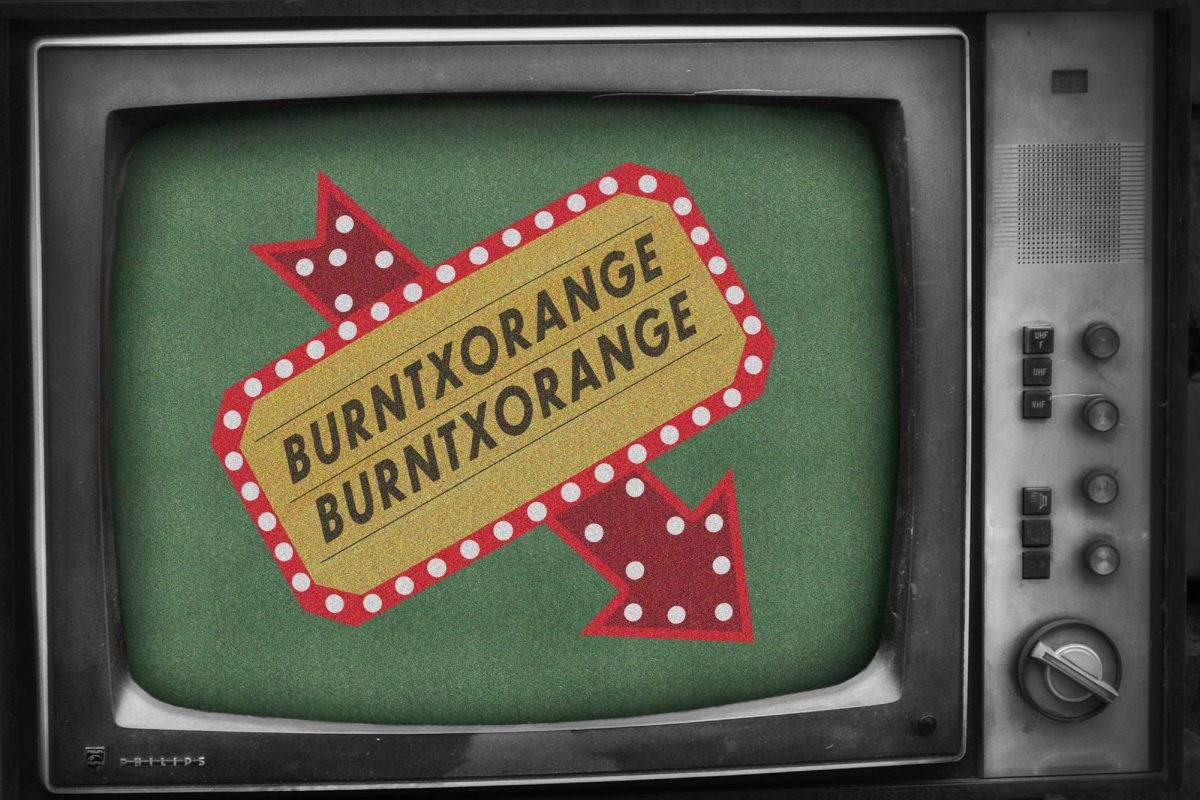Universal Studios’ latest thriller “Drop” turns a high-rise Chicago restaurant into a pressure cooker of digital dread.
Directed by Christopher Landon (“Happy Death Day”), the film taps into our deepest 21st-century anxieties around technology and signals a smart evolution in the studio’s approach to genre storytelling.
The story follows Violet (Meghann Fahy), a widowed mother, cautiously reentering the dating world. Her first night out with Henry (Brandon Sklenar), a charming photographer, quickly spirals into terror when she receives a series of anonymous threats through a photo-drop app.
The messages demand she murder her date or risk the lives of her son and sister, who are being watched through hacked home-security cameras. What follows is a tense, claustrophobic descent into psychological warfare where no place feels safe.
What sets “Drop” apart is its stunning integration of visual storytelling and thematic depth. Rather than relying on clichéd digital tropes like floating text messages or over-the-shoulder shots of phone screens, Landon’s team embeds the incoming threats into the physical environment. Messages are reflected in mirrors, etched across glassware, and projected onto walls, giving the space itself a sinister, ever-watchful presence.
This method of incorporating the digital space into Violet’s real world not only elevates the visual storytelling but reinforces the central theme– how digital communication has become woven into the fabric of everyday life. Violet’s constant checking of her messages mirrors the frantic social media monitoring done by many young people.
Lighting plays a critical role in heightening the film’s psychological tension. Soft flickers and shifting hues mirror Violet’s emotional unraveling. In a standout scene, as she gazes at her reflection in the darkened city skyline, the surrounding room dims to black, framing her in a visual metaphor for isolation.
The sound design in “Drop” plays a pivotal role in increasing the movie’s tension, as well. Silence is used strategically, creating uncomfortable pauses that make every glass ping, breath or whisper feel like a potential threat. This restrained yet deliberate approach to sound amplifies the claustrophobia of the setting and deepens the viewer’s immersion in Violet’s increasingly frantic mental state.
Fahy’s performance captures this modern anxiety with striking realism. Known for her role in the second season of “The White Lotus,” Fahy trades sun-soaked satire for high-stakes psychological tension with remarkable ease. Her portrayal of Violet, a woman thrust into an impossible moral dilemma, is a masterclass in restraint.
Her reactions are never overplayed as she is able to convey a deep sense of dread while still remaining socially composed, capturing the quiet panic of someone trying to remain collected while unraveling from the inside.
Fahy’s ability to toggle between maternal desperation and social poise makes Violet’s unraveling all the more intriguing. In a genre often driven by spectacle, her grounded performance gives “Drop” its emotional core.
Brandon Sklenar, as Henry, brings both warmth and a level of mystery to the screen. Sklenar plays the role with an understated charm that never drifts into caricature, making the audience question, along with Violet, whether he’s just an innocent bystander or someone more sinister.
His natural chemistry with Fahy helps build believable intimacy early on, which makes the looming threat all the more harrowing. Sklenar’s subtle shifts in tone and body language as the story progresses allow “Drop” to maintain its unnerving ambiguity until the very end.
In a broader context, “Drop” reflects Universal Pictures’ strategic focus on engaging younger audiences and exploring collective experiences. The film’s early screenings on college campuses like UT generated enthusiastic conversations about the movie.
Isabella Molina, a junior journalism and entertainment technologies student, shared that she connected with the film’s message about how harmful this era of the digital age can be.
“I thought it spoke a lot about safety and navigating technology in a safe way,” Molina said. “Always tell someone if something is going on. Tell your friends where you are, how you’re doing, because this film really shows you how isolating technology and the internet can be.”
This kind of response speaks to the film’s ability to resonate beyond its thriller surface, offering viewers not just a jolt of adrenaline or spectacle of visual effects, but something more lasting.
At its core, “Drop” is a suspenseful, stylish and thematically potent thriller that turns the ordinary act of checking a text into an act of existential dread. It’s a timely reminder that in today’s world, danger may be only one notification away, and that the true horror lies not in the monster under the bed, but in the phone buzzing beside it.














